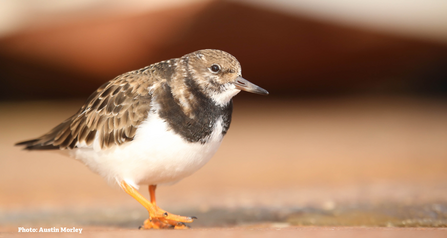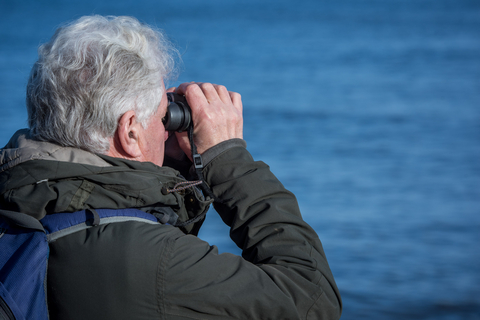Birdwatching brings year-round rewards. In a season when most other wild animals will be hibernating, hiding in piles of leaves or underground, you may be lucky to spot a pawprint or poo, but not much else! However, if you keep your eyes (and ears) open, you’ll be able to see birds – and some very special ones at that!
The Tyne to Tees coastline is internationally important for shorebirds, such as purple sandpiper and turnstone. Thousands of birds call our coast home, with many travelling thousands of miles in spring to their breeding grounds on tundra and moor of the high arctic, then returning back to us at the end of summer. You may see them digging in the sand, rummaging under seaweed on rocks or searching amongst the pebbles.




